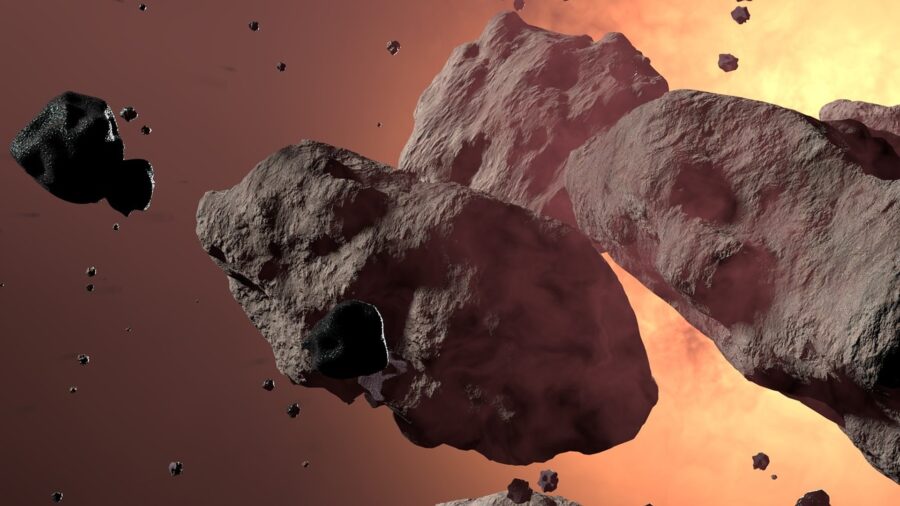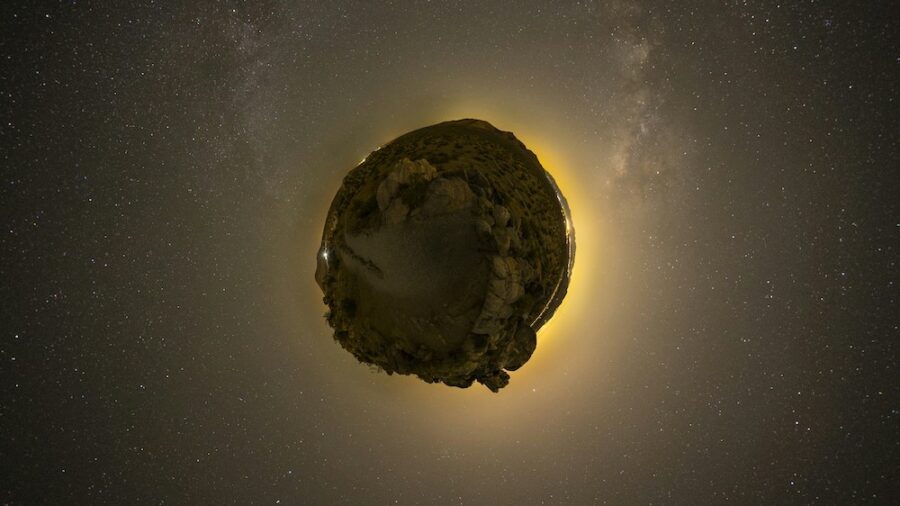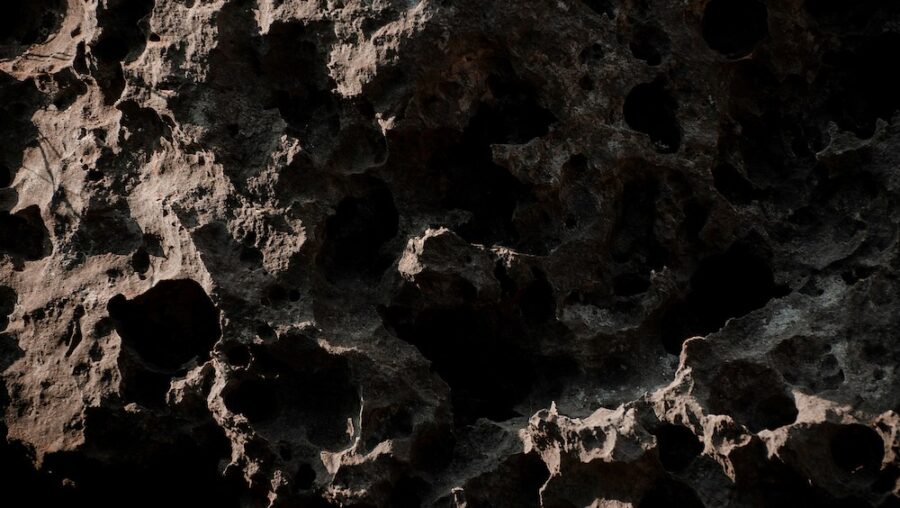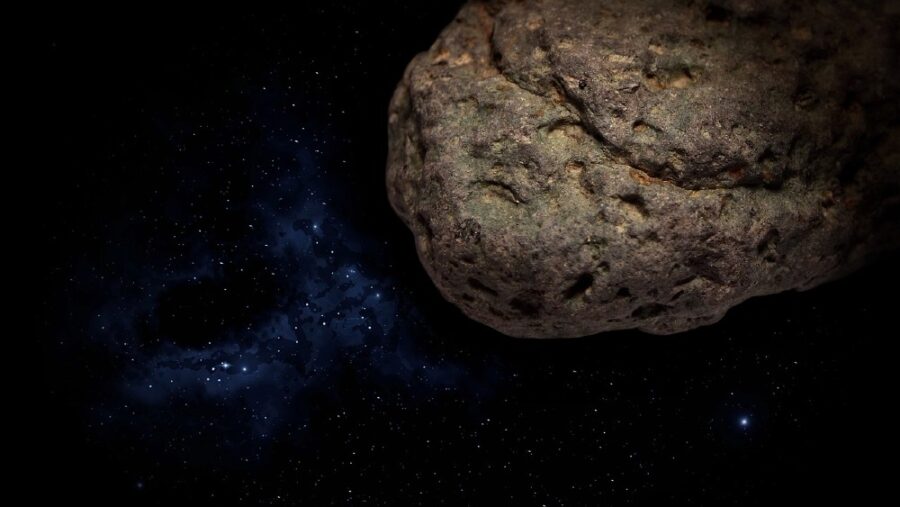NASA Asteroid Sample Reveals Shocking Origin

The NASA OSIRIS-REx mission has revealed that the asteroid Bennu may have originated from an ancient, watery planet. The unprecedented discovery was made after analyzing a pristine sample from the overall collection garnered from the space rock. Recently published in the journal Meteoritics & Planetary Science, the finding has the science world abuzz.
Bennu

A notable success in the modern era of NASA, the OSIRIS-REx mission retrieved a 4.3-ounce sample from Bennu, which it returned to Earth in 2023.
Bennu is a near-Earth asteroid; the small sample it provided was meticulously analyzed by scientists, who poured over the rocks and dust to unveil any secrets they could.
Their discovery could revolutionize our understanding of the solar system’s history and implies the potential long-distance delivery of life’s building blocks to Earth.
A Piece Of An Ocean World?

First, the initial examinations in October taught experts that Bennu’s sample contained rich carbon deposits—an essential element for life.
Then, progressive analyses uncovered even more astonishing nuances of the asteroid sample: the existence of magnesium-sodium phosphate, a compound capable of dissolving in water, vital to biochemistry.
This led researchers to the exciting hypothesis that Bennu originally snapped off a primitive ocean world, one that no longer inhabits our solar system. In one fascinating detail, clay minerals essentially comprise the asteroid sample, especially serpentine.
This would render the space rock remarkably similar to rocks encountered on Earth, specifically at midocean ridges deep beneath the seas and where the mantle and water interact.
A Radical Hypothesis

The presence of these minerals motivates scientists like Dante Lauretta, the principal investigator for OSIRIS-REx and a regents professor at the University of Arizona, Tucson, to volunteer the radical hypothesis: in the present, the asteroid might be rocky and dry, but in the past, the space relic could have emerged from a watery environment indeed.
Ryugu

The presence of a particular combination of carbon, nitrogen, and organic compounds in Bennu’s sample could provide a key clue in the mystery of how Earth-like planets evolve. These ingredients are, after all, essential to life. And Bennu is not alone in supplying phosphates that usually pair with the existence of water and environs conducive to life: samples taken from another asteroid, Ryugu, extracted by Japan’s Hayabusa2 mission, resulted in similar compounds being found.
The rocks and dust making up Bennu are like a natural time capsule transporting research back to the solar system’s early days. Stretching through 4.5 billion years, the sample functions as the biggest reserve of unaltered space rock samples on our planet.
More Research All Over The World

Nick Timms, a member of the OSIRIS-REx Sample Analysis team and an associate professor at Curtin University, theorizes asteroids like the one in question could have played a critical role in kickstarting life on Earth. How? By delivering water and other building blocks of life to the planet from above and beyond.
Going forward, the wealth of material Bennu provided will find its way to various labs worldwide. Undergoing further study, the sample might yield surprising insights.
No, they probably won’t include the sci-fi scenarios we’re tempted to imagine. Still, studying the asteroid will nonetheless assist scientists in learning more about the enigmatic story of the origin and evolution of Earth-like planets.
Source: Wiley Online Library












